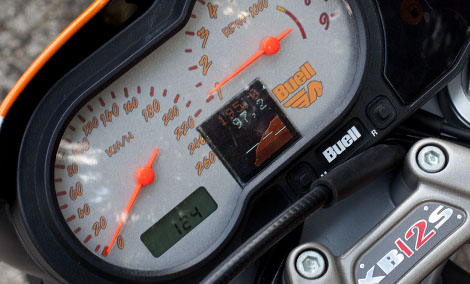
[Tom Wilson] has finished his latest human powered quadcycle. The BigDog, as its called, seats 4 persons in lawn chairs who pedal to their destination. We say latest, for [Tom] also made a slightly smaller version called The DogSled. Some improvements include being taller (8 feet total), larger (11 feet by 6 feet), and surprisingly lighter (over half the weight, bringing it in to 450 pounds). The build process is just as impressive as the bike itself; using pneumatic disk brakes to golf cart axles to even drainage pipe, its a perfect fit for burning man. Catch a video after the divide.
[Thanks Mowcius]














